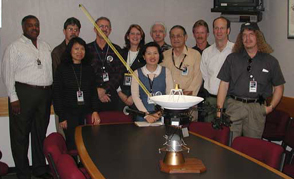The Voyager team stands behind a model of the Voyager spacecraft. Project Manager, Ed Massey, stands at the far left.
Click on image for full size
Courtesy of NASA/JPL
Missions Possible!
News story originally written on April 12, 2002
There has been a lot of news lately about different space missions. You might have heard that astronauts on the
Space Shuttle Columbia did five space walks to fix and update
the Hubble Space Telescope. That went really well and the Hubble should be sending back super pictures by next month!
Voyager 1 also needed to be fixed. But, NASA couldn't send astronauts to fix that spacecraft because Voyager 1 is way past Pluto! So scientists sent signals to Voyager so that the spacecraft would turn on a back up position-sensing system. The spacecraft needed a new one of these so that it will know where it is.
Cassini fired its engines for about 10 seconds last week, putting it back on track for its trip to Saturn. Cassini was launched in October 1997 and will arrive at Saturn on July 1, 2004. Just two years to go! How old will you be when Cassini gets to Saturn?
You might also be interested in:
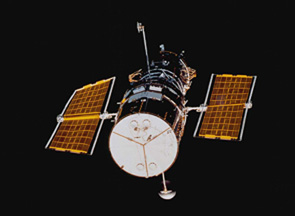
The Hubble Space Telescope (HST) is really neat! It was first launched in 1990, but scientists started building it in the 1970's! We have found all kinds of objects like stars, nebulae and galaxies. The
...more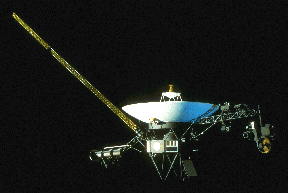
Unexpected discoveries made by the two Voyager spacecrafts during their visits to the four largest planets in our solar system have changed the field of space science. Voyager 2 was launched on Aug. 2
...more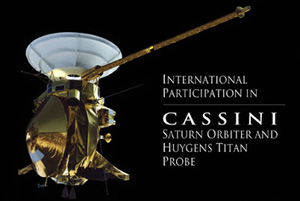
Cassini is the name of a robot spacecraft. Cassini is studying the planet Saturn. It is also studying many of Saturn's moons and Saturn's cool rings. Cassini blasted off from Earth in 1997. It took Cassini
...more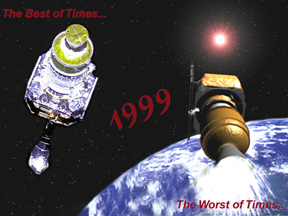
It was another exciting and frustrating year for the space science program. It seemed that every step forward led to one backwards. Either way, NASA led the way to a great century of discovery. Unfortunately,
...more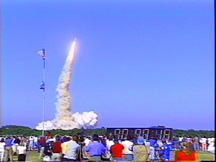
The Space Shuttle Discovery lifted off from Kennedy Space Center on October 29th at 2:19 p.m. EST. The sky was clear and the weather was great. This was the America's 123rd manned space mission. A huge
...more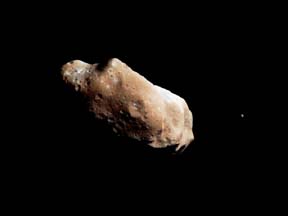
Scientists found a satellite orbiting the asteroid, Eugenia. This is the second one ever! A special telescope allows scientists to look through Earth's atmosphere. The first satellite found was Dactyl.
...more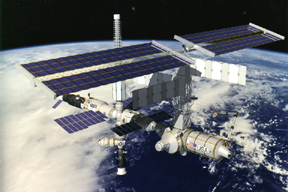
The United States wants Russia to put the service module in orbit! The module is part of the International Space Station. It was supposed to be in space over 2 years ago. Russia just sent supplies to the
...more


